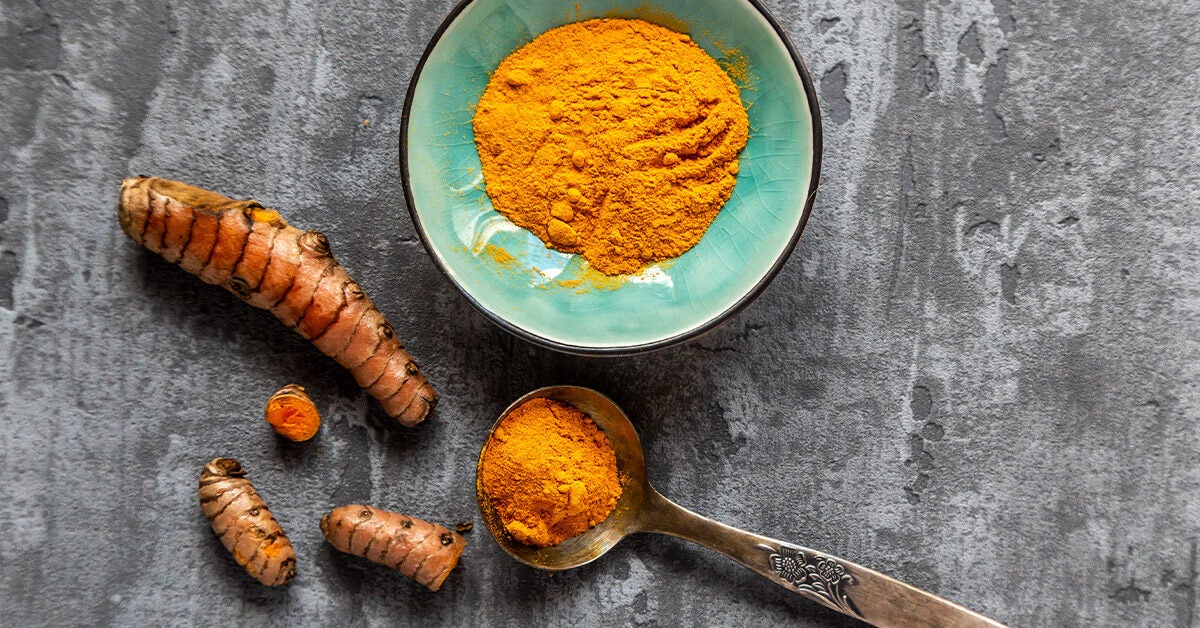Turmeric- more than just a flavor in foods
Turmeric originated in Southeast Asia, and is one of the most beneficial spices for health and wellness. Turmeric is grown as both a kitchen spice and for medicinal purposes. It has a bold bitter flavor and is used in curry and soups and also in mustards and cheeses. Turmeric is usually responsible for that bright yellow color you often see in spicier dishes. It is most commonly used in its dried, powdered form but sometimes you can also buy fresh root in food markets or grocery stores.
One of the primary healing agents in turmeric is from its yellow/orange pigment, curcumin. The whole spice contains all sorts of other complimentary phytonutrients that work with curcumin. Turmeric and its curcumin has been said to be even more effective than some of the most powerful anti-inflammatory drugs, and you don't have to deal with any of the side affects!
Ayurvedic Tradition
Turmeric has a long history in the ancient Ayurvedic tradition, because it contains curcumin which is a chemical compound with antioxidant effects. Turmeric has been turned to for thousands of years for it's health benefits.
Antioxidant Superstar
Antioxidants are the compounds in food that are said to help stop damage to our cells by free radicals. Free radicals are scavengers in the body that can harm our cells if they go unchecked. Antioxidants dramatically help to remove free radicals while also enhancing the natural antioxidant abilities of our own bodies. Turmeric is said to be a plant with one of the highest levels of antioxidant power. Studies show that the curcuminoids in turmeric are very effective at finding and neutralizing free radicals.
Nutrilite Research
Researchers at Nutrilite are always looking for plants with botanicals that support cellular protection against free radicals. This led to the discovery of PhytoProtect™, an optimal blend of turmeric, rosemary, and fava d'anta plant concentrates that supports the body's antioxidant defense. The concentrates found in these plants are prepared in an exact ration to provide cellular protection against free radicals. This PhytoProtect™ blend plays a big role in Nutrilite Double X Vitamin/Mineral/Phytonutrient supplement, where it works with the other vitamins, minerals and phytonutrients to help your body fight excess free radicals. Turmeric is also included in Nutrilite Liver Support for extra antioxidant and phytonutrient support and in the n* by Nutrilite Turmeric Latte. The latte mix is made with turmeric root extract, and when you mix the packet with warm water you create a yummy drink that helps support your joints and general health.
To get any of these awesome turmeric products or with questions, contact me, I'd love to help😊














